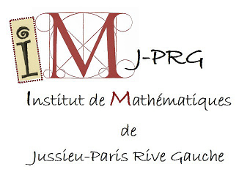| Résume | Let $E/K$ be an elliptic curve over a number field. Descent on~$E$attempts to get information on both the Mordell-Weil group $E(K)$ andthe Shafarevich-Tate group $\Sha(E/K)$. For each $n\ge2$, thereis anexact sequence\[ 0 \To E(K)/n E(K) \To \Sel^{(n)}(E/K) \To \Sha(E/K)[n] \To 0 \,,\]where $\Sel^{(n)}(E/K)$ is the $n$-Selmer group. Our goal is tocompute the $n$-Selmer group, and represent its elements explicitly ascurves $C\subset\PP^{n-1}$ (when $n\ge3$). Having thisrepresentationallows searching for points on $C$ (which in turn give pointsin~$E(K)$, since $C$ may be seen as an $n$-covering of~$E$), and alsodoing higher descents.Traditionally, only $2$-descent (over $\Q$) has been fullyimplemented: in this case $C\rightarrow\PP^{1}$ is a double coverrather than an embedding, and elements of $\Sel^{(2)}(E/K)$ arerepresented by curves of the form $Y^2=g(X)$ where $g$ is a quartic.Our goal has been to be equally explicit for $n>2$. Ouralgorithm isfully worked out for all odd prime~$n$, and has been implemented inMagma for $K=\Q$ and $n=3$.The talk will be illustrated by numerical examples.(Joint work with T.A. Fisher (Cambridge), C. O'Neil(MIT), D. Simon(Caen) and M.Stoll (Bremen) |

